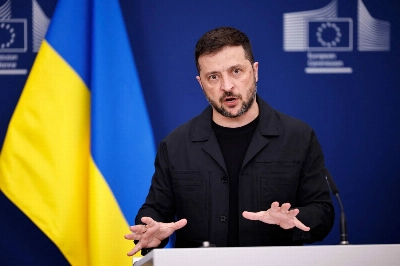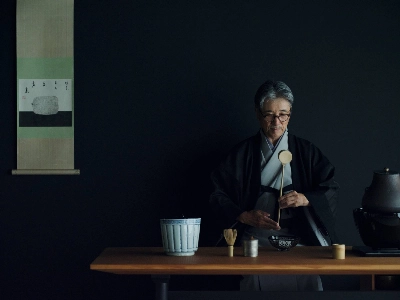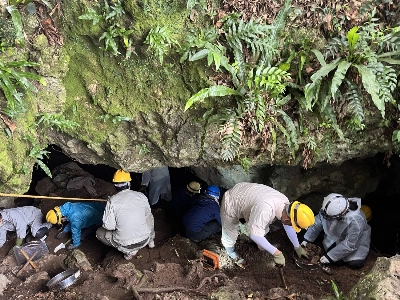More than two years after the triple reactor meltdowns at the Fukushima No. 1 nuclear power plant, hundreds of thousands of residents of the Tohoku region of northeastern Honshu remain displaced, the power station teeters on the brink of further disaster and large swaths of northern Japan are so irradiated they'll be uninhabitable for generations to come. But today in Tokyo, it is as though March 11, 2011, never happened. The streets are packed with tourists and banners herald the city's 2020 Olympic bid; the neon lights are back on and all memories of post-meltdown power savings seem long forgotten.
Given this apparent mood of collective amnesia, the large poster on a wall near Shibuya Station comes as a surprise. It shows a little girl wearing a long red dress stenciled with the words "3.11 is not over" — nearby another poster depicts a Rising Sun flag seeping blood and the message "Japan kills Japanese."
These posters — and dozens of others pasted around Tokyo — are the work of Japanese artist 281_Anti Nuke. While the origins of his chosen name are murky, the way in which his subversively simple images force passersby to stop — and think — has led to comparisons with British street artist Banksy. 281's designs have also made him a target for Japan's far right, who have branded him a dangerous criminal and urged the public to help put a stop to his activities.

















With your current subscription plan you can comment on stories. However, before writing your first comment, please create a display name in the Profile section of your subscriber account page.